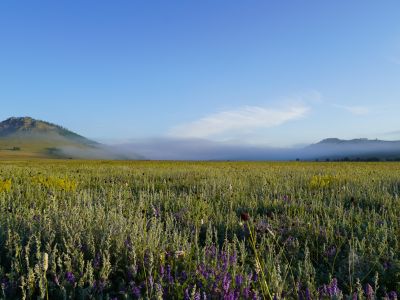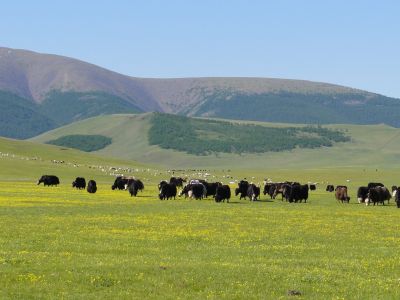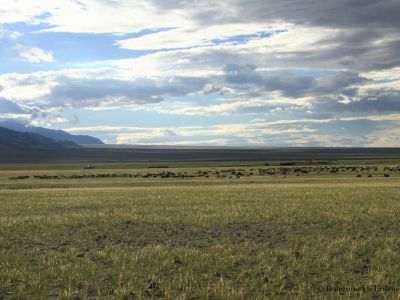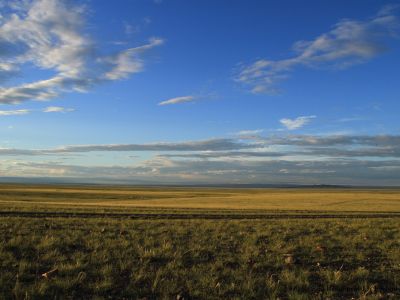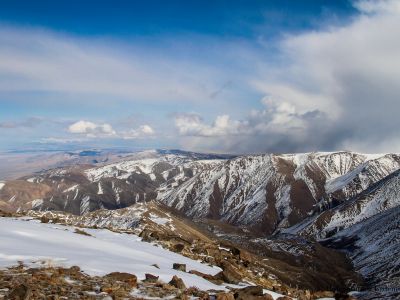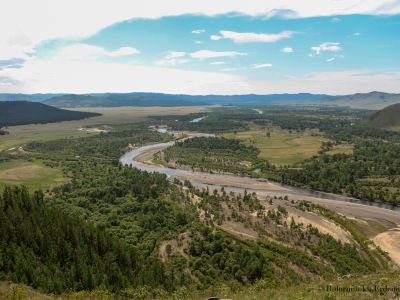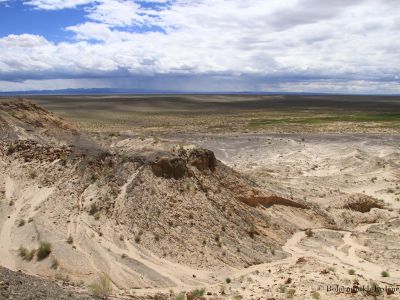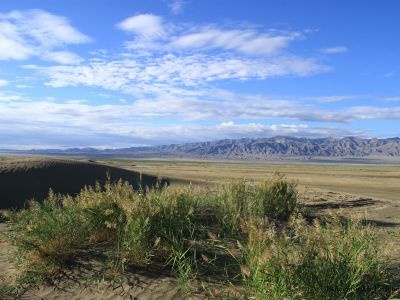About Mongolia
For those who have never visited Mongolia, it evokes an image of a remote corner of the world, renowned for its sparse population, nomadic heritage, Gobi Desert, and endless steppe.
Mongolia is distinctive for its diverse natural zones, vast landscapes, and relatively untouched open land. The country features large, varied ecosystems ranging from relatively barren mountain of the Altai in the west, the Siberian taiga forest, and lush green meadows with wide river valleys in the north, to the mountain steppe and grassland regions in central and eastern Mongolia, and the arid desert of the Gobi in the south. Each region is home to diverse wildlife adapted to the harsh climate and long winters of this land.
What makes Mongolia stand out from the rest of the world are the breathtaking vistas and the vast emptiness of the land. With 1,564,100 square kilometers of territory and a population of around 3 million, Mongolia is the most sparsely populated country globally. More than 50% of the population resides in the capital city, Ulaanbaatar, while the remainder of the country remains largely undeveloped and wild.
In an overpopulated, crowded world, it’s extremely challenging to find a place like this. If you seek an escape from the fast-paced and overcrowded urban life of the modern world, Mongolia is an excellent destination that offers tranquility and a glimpse of what the earth looked like in a pre-human era.







